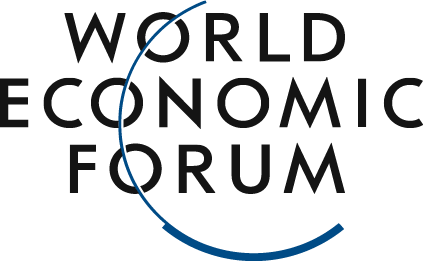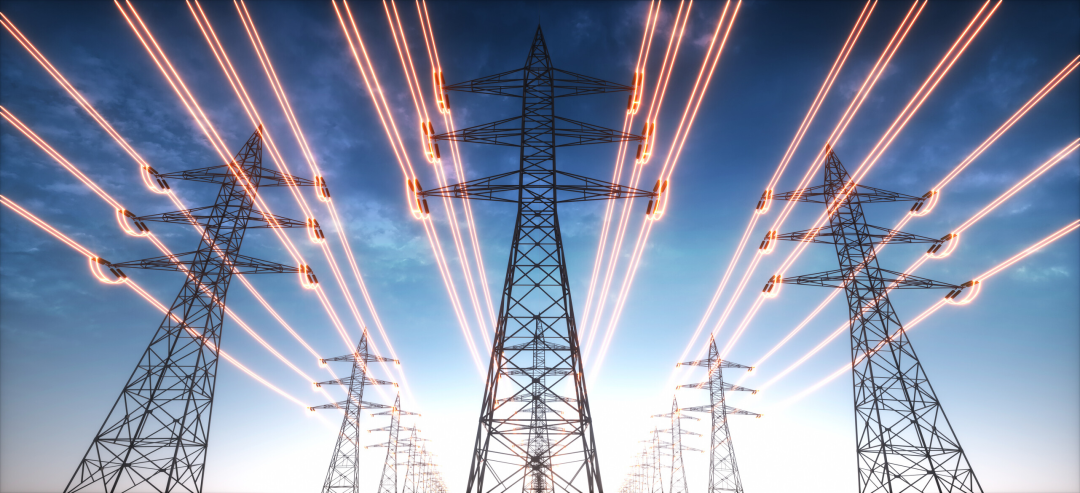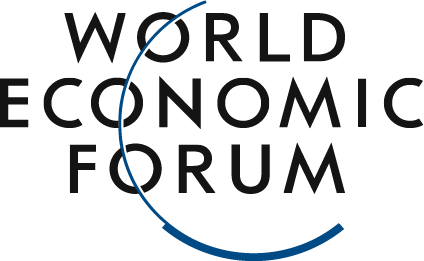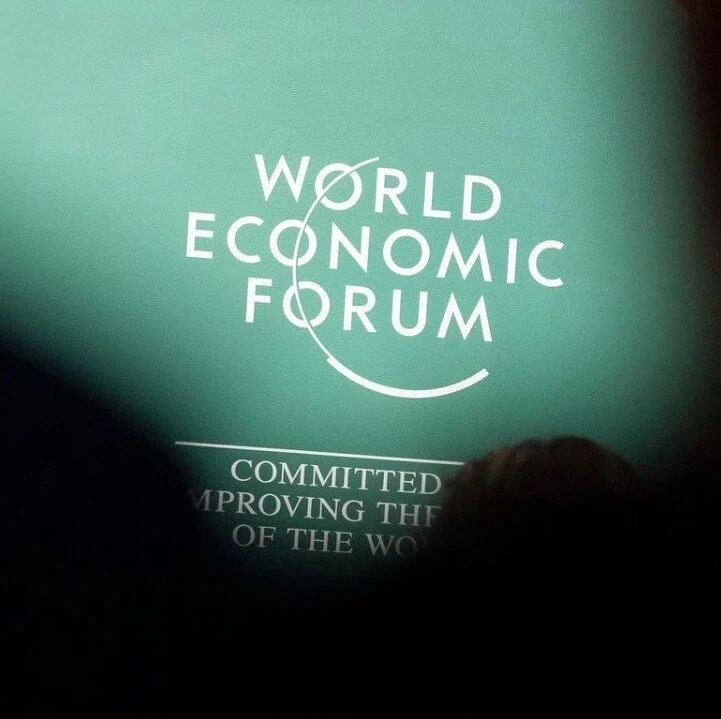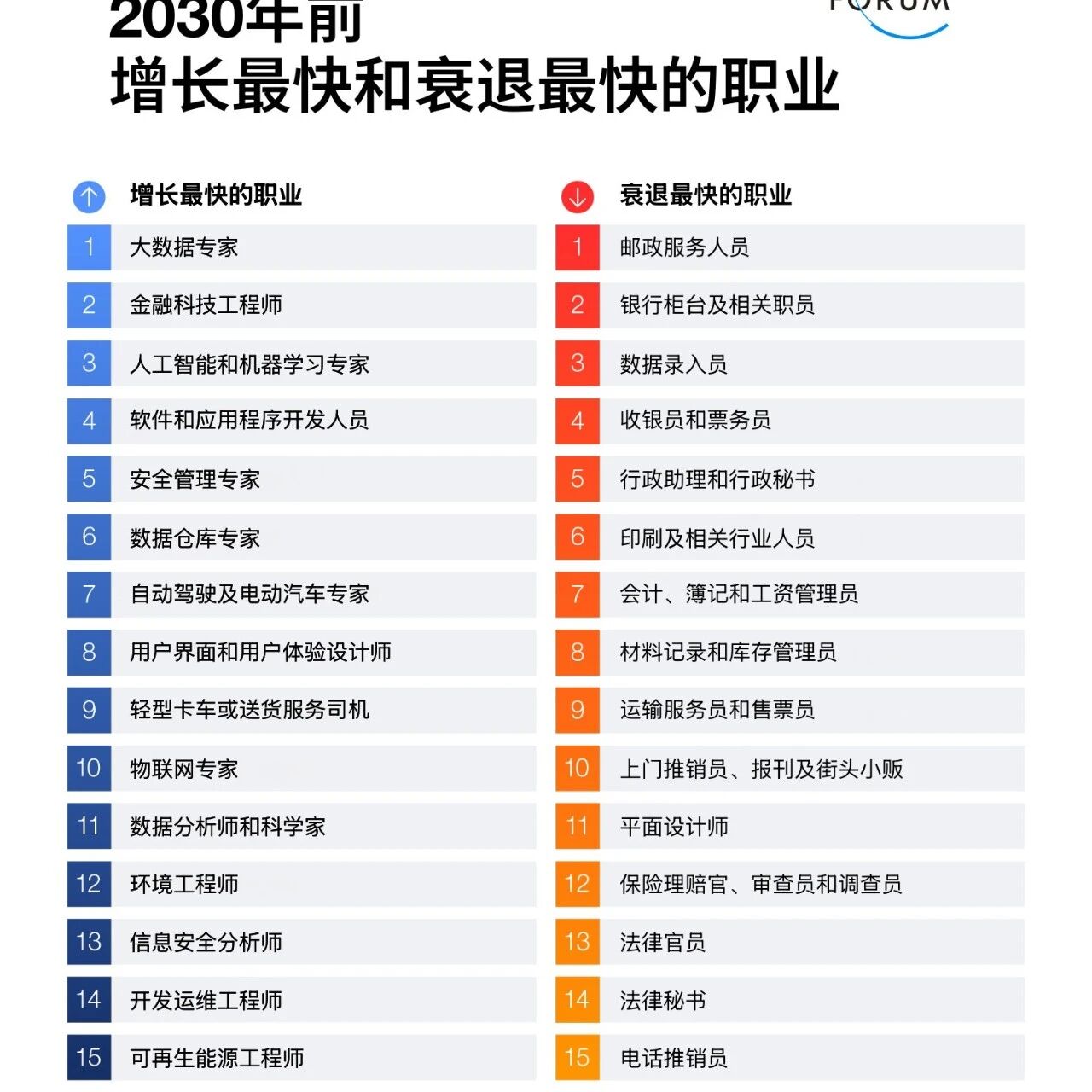New advancements in China's power industry green transition will have a profound impact on achieving the "dual carbon" goals.
Image source:Getty Images/iStockphoto
Lin Boqiang
Director of the China Energy Economics Research Center at Xiamen University
New advancements in China's power industry green transition will have a profound impact on achieving the "dual carbon" goals.
With the rapid advancement of artificial intelligence, it is essential to consider AI's energy demands and reassess the timeline for phasing out fossil fuels.
We should improve efficiency on the demand side to meet the growing energy needs of artificial intelligence.
To keep the energy transition on track, we need to develop an action plan to address the rapidly growing electricity demand driven by the advancement of artificial intelligence. The low-carbon transformation of the power sector is not only critical for China to achieve its "dual carbon" goals but also essential for the country’s high-quality economic development. The "dual carbon" targets aim to reach peak carbon emissions by 2030 and achieve carbon neutrality by 2060.Here are some noteworthy new developments in the green transition of the power industry.Electricity Supply and Demand and Artificial IntelligenceFirst, energy and electricity demand are growing rapidly. Since 2020, electricity demand has outpaced GDP growth. In 2023, China’s total electricity consumption rose by 6.7%, while overall primary energy consumption increased by 5.7%, even as GDP expanded by 5.2%. This pattern has only occurred once in the past 40-plus years—during the period from 2002 to 2005, when heavy industry and infrastructure were experiencing rapid expansion.Second, the share of clean energy in China’s total energy consumption has been steadily rising. In 2013, coal accounted for 67% of China’s primary energy consumption; by 2023, this figure had dropped to 55.3%. Meanwhile, the shares of oil, hydropower, and nuclear power remained relatively stable over the same period. This green transition in China’s energy mix has been largely driven by the growing contributions from wind power, solar energy generation, and increased natural gas usage.Third, the power supply is facing dual pressures: rising electricity demand and the energy sector’s transition toward lower-carbon operations. As China’s economy enters a phase of slower growth, policies aimed at curbing energy consumption are proving difficult to implement. Meanwhile, since clean energy production is unable to keep pace with the growing electricity needs, this gap will inevitably have to be filled by fossil fuel-based energy sources.Fourth, the rapid expansion of solar and wind power has intensified grid instability, placing additional pressure on electricity supply. As a result, coal-fired power generation must continue to play a stabilizing role. Although China’s installed capacity for wind and solar energy has grown significantly, fossil fuels remained the country’s primary source of energy in 2023.Fifth, the demand for electricity from artificial intelligence is steadily rising. It is estimated that over the next five years, AI technologies will drive an exponential increase in power consumption, posing significant challenges to the electricity sector’s transition toward a low-carbon future. For instance, in China, solar and wind energy currently account for about 20% of the total electricity supply by 2030—far short of meeting the country’s growing energy needs. As AI continues to advance rapidly, it will inevitably influence China’s ability to achieve its “dual carbon” goals. Therefore, it is crucial to carefully assess the electricity demands driven by AI and reassess the timeline for phasing out fossil fuels.How China's power industry is responding to new developmentsSo, how should China respond to the latest developments in the low-carbon transition of the power industry?First, it is essential to correctly understand the nature of the rapid growth in energy demand observed in recent years. In other words, policymakers must determine whether this is a short-term phenomenon or a long-term trend, and identify the underlying causes driving this surge—enabling them to develop tailored development plans for the power sector as well as comprehensive carbon-neutral action strategies.Second, the development of renewable energy should be accelerated. To achieve this goal, China needs to introduce supportive policies, channel more funding into the renewable energy sector, and continue to curb the use of fossil fuel-based energy sources. Additionally, China must increase its investment in clean energy technologies to drive innovation, reduce production costs, and ultimately make green electricity more competitive in the market.Third, a multi-pronged policy approach should be adopted to integrate green electricity into the grid. On one hand, accommodating renewable energy generation poses challenges to the power grid system; therefore, advancing energy storage technologies and upgrading the grid infrastructure are critical for effectively absorbing green power while ensuring a stable electricity supply. By enhancing profitability, establishing standardized frameworks, and fostering innovation, we can drive the high-quality development of the energy storage industry.Meanwhile, efforts should be made to drive the upgrade and smart transformation of the power grid system, enabling flexible interaction between power sources, grid loads, and energy storage. This will enhance the grid's ability to integrate and accommodate green electricity. On the other hand, China needs to deepen institutional reforms in the power sector, leveraging market mechanisms to ensure that prices fully reflect the true value of green electricity.Fourth, considering China’s energy resource conditions and the need to ensure a stable power supply, coal’s role as the primary energy source in the short term will gradually evolve. To achieve the "dual carbon" goals, it is essential to promote the clean and efficient use of coal, accelerate the development of carbon capture, utilization, and storage (CCUS) technologies, and explore the "coal-fired power + CCUS" model. China already boasts the world’s largest and most advanced coal-fired power industry. Under this "coal-fired power + CCUS" framework, newer coal-fired power units can continue to operate—making it both economically viable and environmentally beneficial. This approach not only helps reduce the carbon footprint but also ensures a reliable electricity supply while facilitating the integration of green power into the grid. However, given that CCUS technologies currently come with high costs, scaling up the "coal-fired power + CCUS" model to achieve significant efficiency gains remains a considerable challenge. Therefore, it is crucial to expedite the growth of the CCUS industry.Fifth, artificial intelligence is the primary driver of the new wave of technological and industrial revolutions, as well as a vital component of advanced productivity. Therefore, identifying low-carbon solutions for AI-driven energy needs is critical to fostering this new form of productivity and achieving China’s “dual carbon” goals. China should accelerate its transition to clean energy, promote sustainable development in data centers, and explore synergies between green power and the AI industry.China should strive to promote smart energy use in industrial, commercial, and residential sectors to conserve energy and ease the strain AI places on the power grid. It is essential to ramp up investments in technological innovation, enhance the energy efficiency of digital infrastructure, and encourage the development of optimized algorithms that can help reduce AI’s carbon footprint. At the same time, China must improve energy efficiency on the demand side to meet AI’s ever-growing energy needs.
The above content solely represents the author's personal views.This article is translated from the World Economic Forum's Agenda blog; the Chinese version is for reference purposes only.Feel free to share this in your WeChat Moments; please leave a comment at the end of the post or on our official account if you’d like to republish.
Translated by: Di Chenjing | Edited by: Wang Can
The World Economic Forum is an independent and neutral platform dedicated to bringing together diverse perspectives to discuss critical global, regional, and industry-specific issues.
Follow us on Weibo, WeChat Video Accounts, Douyin, and Xiaohongshu!
"World Economic Forum"
